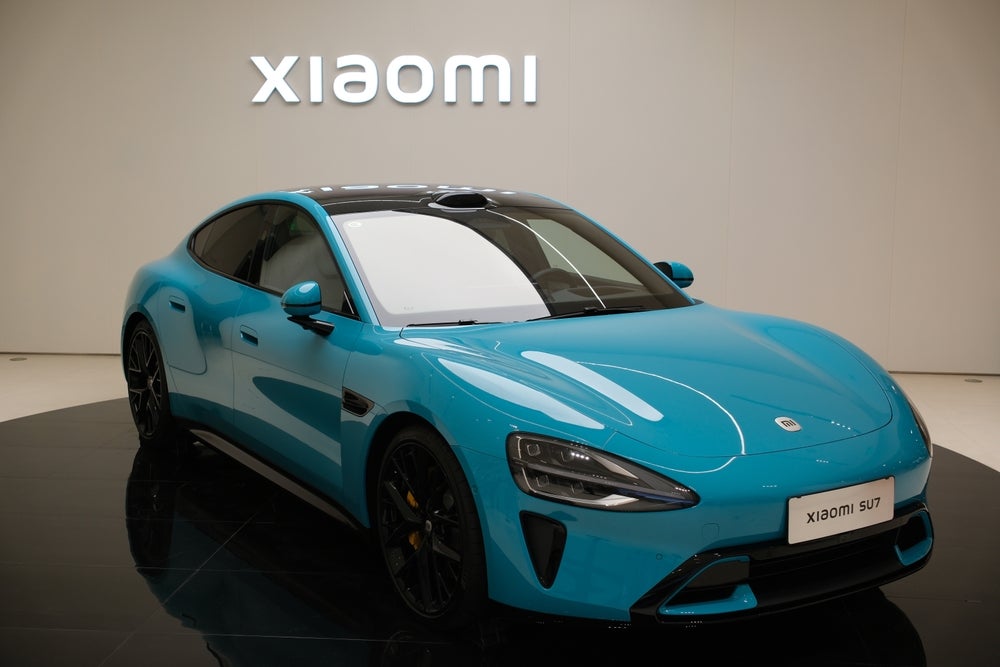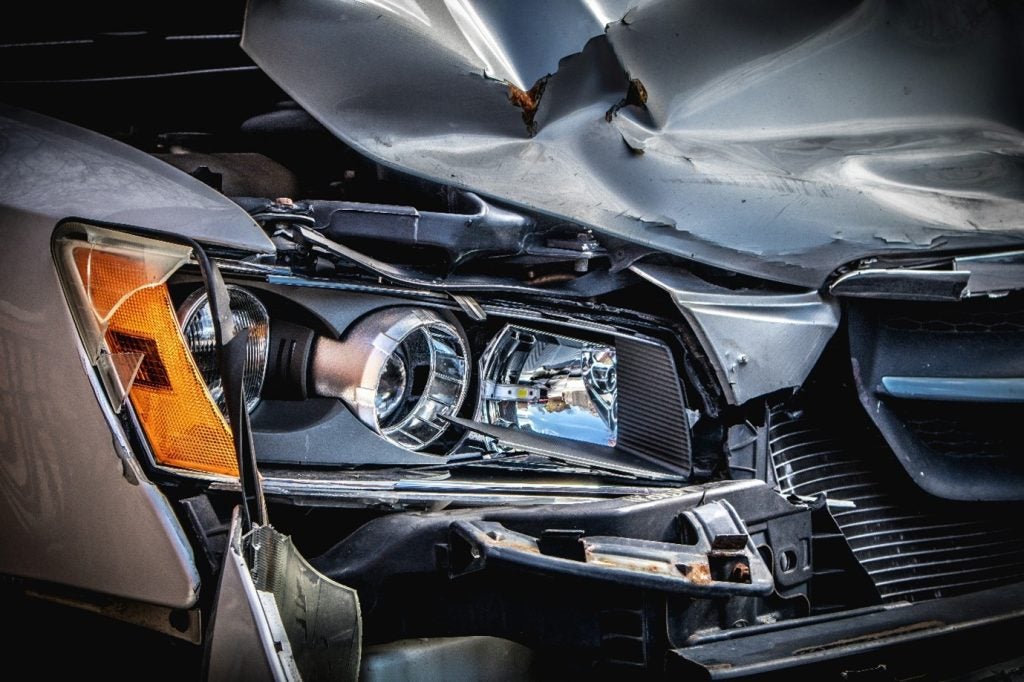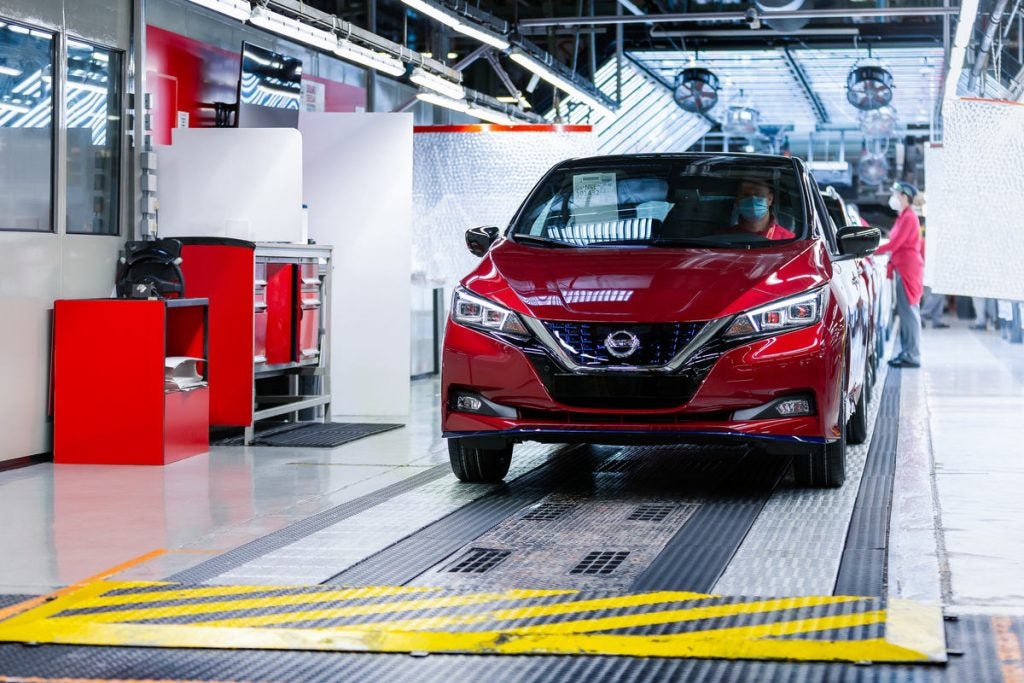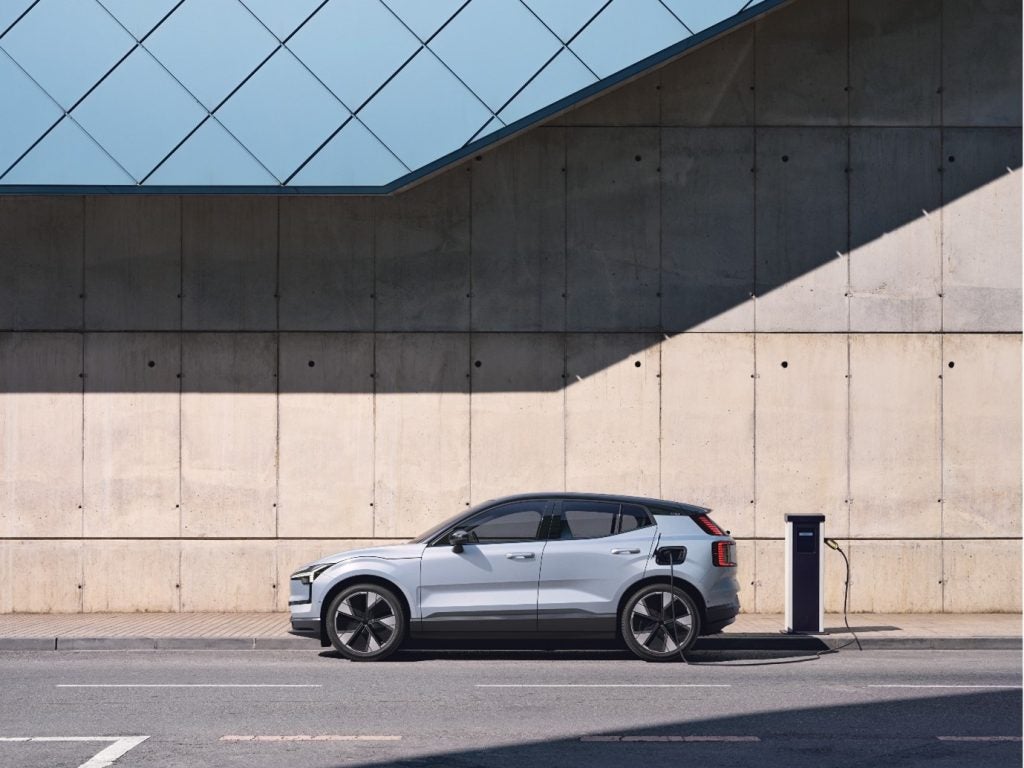
Since Harman was acquired by Samsung for US$8bn last year, it has evolved into an even bigger audio powerhouse. During the most recent CES, Harman took over the Hard Rock Hotel in Vegas and filled its conference rooms with the very latest in-car audio equipment. We sat down with Bill Wyman, Harman's VP of global marketing for Car Audio, to learn more about its showcase and some current trends in the car audio marketplace.
In an autonomous car, the occupants are sitting in different places so I guess this prompts a rethink on the location of speakers. What is happening there?
Yes, so it's great that you asked that question in this room, because this is our design room, and the entire in-cabin experience is changing in the world of autonomous driving. Whether it's sitting in the chair facing forward and it spins around, or it could be there is no chair where you're ever facing forward, turn it into a living room, so all of that flexibility with design, our systems, the way we approach it, we're ready and willing to meet the needs of those various scenarios.
Thinking about specifically your question about the chair spinning, that's probably the closest in an application. We've seen people talk about that and you hear people talk about that. So, what's the right approach? Maybe do we lean more heavily into headrest speakers, do you lean more heavily into headliner speakers? Those are all the options that we have the ability to bring to bear.
Increasing levels of electrification mean noises from the road or wind are more pronounced. Greater use of thinner materials such as carbon fibre is also making wind noise more prevalent. How is Harman addressing that through its sound systems?
It's a great question, and we get a lot of that with our partners, making sure that as the evolution, the electric vehicle is happening a lot faster than I think any of us thought it would two or three years ago. We have a suite of products that we call HALOsonic, and it's all about sound management. This is road noise cancellation, engine order cancellation, active noise cancellation. It is a suite of products that allow in the EV environment to ensure that in-cabin experience isn't overly influenced by the greater amount of road noise that may come into the cabin.
How well do you really know your competitors?
Access the most comprehensive Company Profiles on the market, powered by GlobalData. Save hours of research. Gain competitive edge.

Thank you!
Your download email will arrive shortly
Not ready to buy yet? Download a free sample
We are confident about the unique quality of our Company Profiles. However, we want you to make the most beneficial decision for your business, so we offer a free sample that you can download by submitting the below form
By GlobalDataWe understand that Harman has designed a sound bar docking station – instead of classic sound systems – for low-budget cars. What interest do you have from OEMs in this to date?
I think you're referring to the Enterprise that we had last year? We don't comment on development with any particular OEM [in terms of] what stage we are [at] until it is ready to be announced live into the market. But we have active conversations with all of our OEM partners as they come through here and continue those development conversations beyond.
If tomorrow's mobility is about sharing cars, what does that mean for car audio?
Two things: one, in the car sharing environment audio is just as important as it is in the non-ride sharing environment, maybe even more important because it gives you the opportunity to sit back, and you're not driving the car so that audio experience, that entertainment experience that you want becomes incredibly important. So, how we're trying to meet those needs are, one of the examples as we showed with the shape-shifting speakers, that's one way to make sure that the person's personal choice of audio can be brought to life. But all the other technologies that we're showing [here at CES] help with that scenario too. So if the vehicle doesn't have the shape-shifting speakers, making sure that we have all the right ability to provide the exact performance for the right user occasion. So whether it's for gaming, to watch movies, listening to music, all of those options should be optimised, especially in the ride-sharing environment.
Harman has invested in a number of collaborations and acquisitions in the past few years. Can we expect to see more?
Yes, so if you think about our partnership now with Samsung, it has opened up a world of possibilities for us, like the QLED technology. That's a great example of that partnership and Samsung really unlocking something that had we tried to do it by ourselves would have taken an extremely long time. With that partnership, a lot more opportunities for us to bring those technologies, their experiences in, but of course we're always looking for what's the best new thing out there and we're always open to new places to partner.
We heard that Harman has designed a unique audio for the Kia Stinger. Could you elaborate on brand fit?
One of the key things that we always work on is brand fit, and that brand fit carries over into some of the product attributes in terms of the vehicle as well. So that brand fit is really about what is the goal of the expression and the experience that the OEM has, and how do we marry that up with our brand, our technology and our products to ensure that we're delivering on exactly what's important to them? If they're looking for a high-performance story, we're going to bring the high-performance capabilities into the audio system as well. It's really a collaborative approach that we do.







